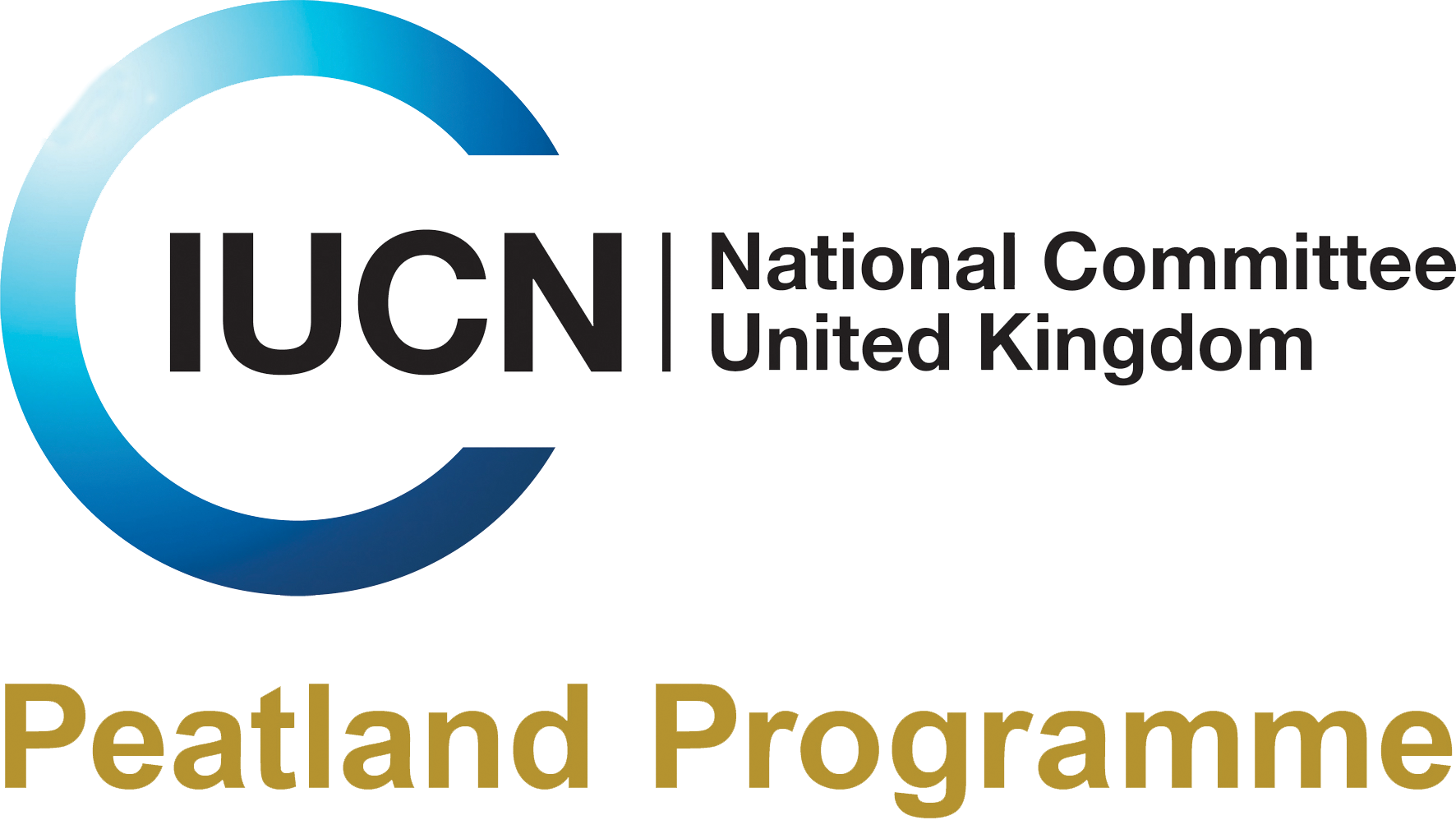Search
Search
Working Towards a Peat Data Standard
The England Peat Map project is mapping the extent, depth and condition of England’s peat. The Data Exchange Standard for Peat Surveys has now been issued, and Natural England continue to welcome…
Eyes on the Bog monitoring at the Water Works project
A new set of monitoring equipment has been installed at the Water Works project site in East Anglia, by our Eyes on the Bog Champion, Jack Clough of the University of East London.
200 Projects for the Peatland Code
The IUCN UK Peatland Progamme have today marked a landmark milestone for projects registering for the Peatland Code.
Satellite Map Identifies Peatland Areas where Restoration has the Greatest Carbon Impact
TerraMotion use images gathered by the Sentinel-1 satellite over a 5-year period to map areas of actively eroding peatland areas across the UK and the Republic of Ireland. Find out how this map…
WaterLANDS: New European Green Deal project launched to lead largescale restoration of European wetlands
An ambitious project has been launched to tackle largescale restoration of Europe’s wetlands, with €23 million of funding from the EU Horizon 2020 Programme Green Deal.
An update on the Peatland Code
The Peatland Code continues to grow rapidly with 79 projects now registered and 10,300 ha of expected peatland restoration.
My project
Craig gives up his time volunteering in the Bluebell Community Garden. Transforming the garden into a positive space for local people to enjoy, Craig has felt himself become relaxed and happier,…
New Peat Map for England
This week Natural England published the much anticipated England Peat Map which highlights the extent of the restoration challenge which lies ahead.
Peatland Code Registering a Project
Peatland ACTION launches free interactive data mapping tool
NatureScot Peatland ACTION has launched the first interactive peatland restoration data mapping portal of its kind for Peatland ACTION restoration sites in Scotland.
Mapping the contribution of phototrophic microbes to the global carbon cycle of peatlands
Database of phototrophic microbes in northern peatlands being built by group of peatland scientists to gain new insight into the diversity, abundance, biomass, and productivity of these tiny…
